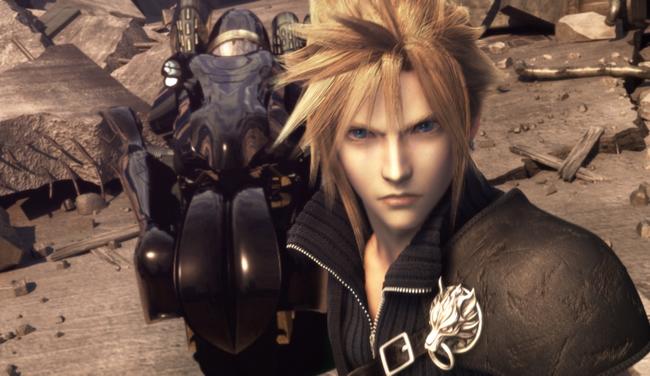Final Fantasy VII 15th Anniversary: Development discussion with Tetsuya Nomura, Yoshinori Kitase and Kazushige Nojima
Following our earlier report concerning the issue of a possible Final Fantasy VII remake, the rest of Famitsu's interview with the game's development staff has since surfaced (via AndriaSang.)
Speaking with character designer Tetsuya Nomura, producer/director Yoshinori Kitase, and scenario writer Kazushige Nojima, Famitsu gathered some insight on the team's original development visions as well as reveals on certain changes that made their way into the final build.
Kitase spoke at length on the design decisions in bringing the series up to 3D. When the staff were originally deciding between the classic sprite-based characters and 3D polygon-based models, sprites were proving the more popular of the two. The decision was made to move ahead with 3D models since it would allow the characters to be more expressive on screen.
If you've ever played Final Fantasy VII, you'll notice that the character models in battle are normal scale, whereas the field models are super deformed. Hironobu Sakaguchi made that decision in order to display better expression during the game's cutscenes. He also put a great deal of effort into the game's battle system as well as the Materia system.
Nomura also helped out with some of the gameplay systems, including the idea of limit breaks.

When the production of FFVII was given to Kitase, Nomura and he redid the plot from the beginning. At the time Nojima was still working on Bahamut Lagoon but would come into the picture later on in development.
In the original version of the game, Tifa didn't exist but was added later. It was Nomura's idea to have either Aerith or Tifa die. Aerith and Sephiroth were also originally brother and sister, which can still be seen in the design of their hair styles. It was later changed to be that Sephiroth would be her first love, which was then finalized to be Zack near the end of development.
Regarding Cloud, his hair was originally slicked back (probably similar to Rufus Shrina's) in order to reduce polygon usage. Aerith's dress was also the result of this.
Once the main character settings were complete, Nojima took over as scenario writer for the project. Kitase wanted him to create a mysterious story which, if you've played the game, is quite evident.